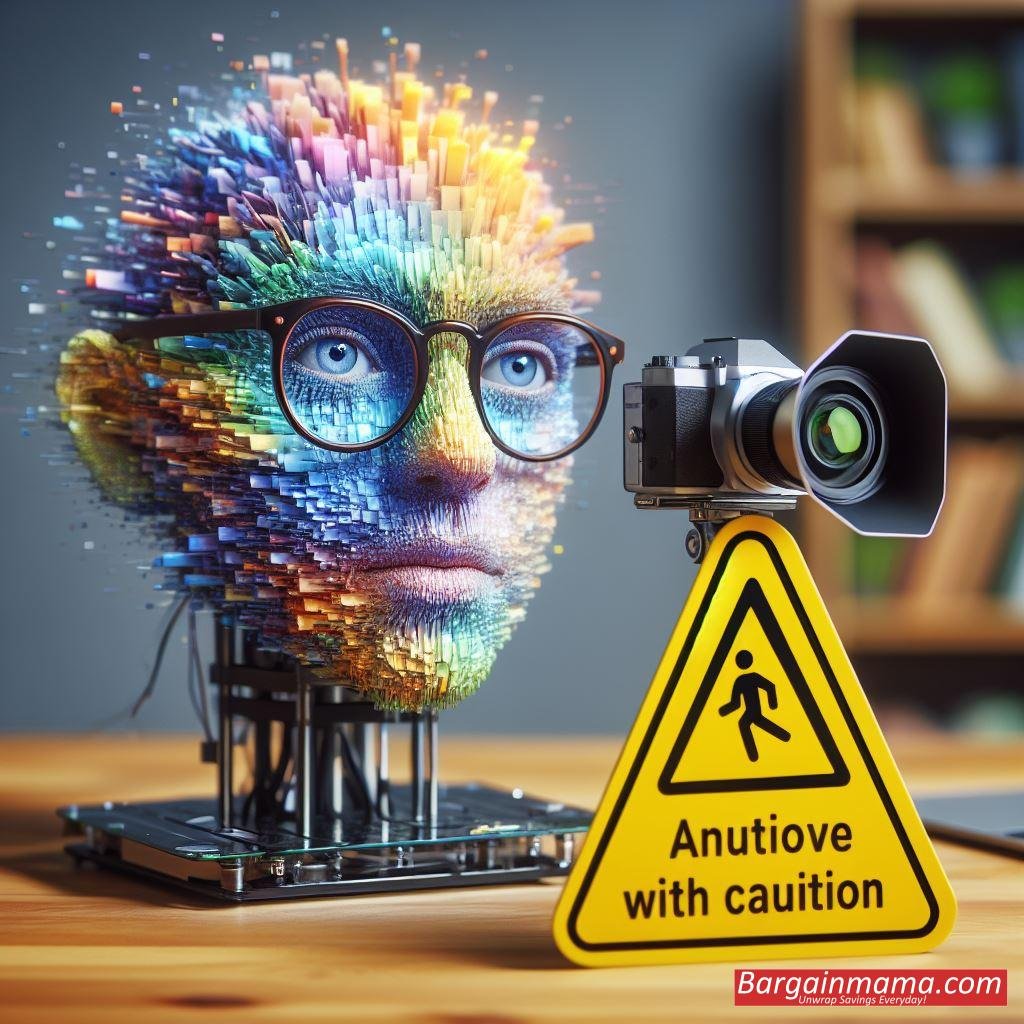OpenAI has released Sora, a state-of-the-art model that can create one-minute long, high-definition films with just text inputs. This might completely change the content creation industry. Sora, which gets its name from the Japanese word for “sky,” offers a look into the multimedia generation of the future, but its public release is still undergoing a thorough assessment of its potential for abuse.

Sora, with its capacity to create complex scenarios with several actors, dynamic motion, and minute details of both foreground and background aspects, marks a major advancement in artificial intelligence technology. As to the official statement from OpenAI, Sora is able to analyze how these things appear in the physical world in addition to understanding the user’s instruction.
In an OpenAI demonstration film, Sora is shown in a variety of scenarios, from a calm walk across a snowy Tokyo skyline to the grand sight of woolly mammoths sauntering over a frigid terrain. Sora has limitations even with its amazing abilities. Similar to many other AI-driven picture and video producers, there may occasionally be errors and inconsistencies, such missing important features or misinterpreting the order of events.

Although Sora is not the first text-to-video model available, its distinct characteristics make it stand out from the competition. In contrast to its competitors, Sora creates films that are unheard of in length—up to 60 seconds—and creates complete sequences as a single, seamless unit rather than piecemeal. This guarantees coherence and uniformity over the whole movie, even in instances where items briefly exit the screen.
But the advent of text-to-video programs like as Sora has sparked serious worries about the possibility of fraud and abuse. Experts caution against the growing danger of fake content influencing public opinion or intensifying disinformation efforts, especially in delicate areas like politics. Prominent AI researcher and True Media founder Oren Etzioni warns about the possible consequences and highlights the importance of being vigilant in preventing misuse.
OpenAI has taken aggressive steps to address any hazards related to Sora’s deployment in response to these concerns. In order to evaluate the tool’s impact and find any flaws, the organization has started strict testing methods in collaboration with specialists in fields like bias reduction and disinformation identification. Furthermore, OpenAI is creating further tools that can identify movies produced by Sora and provide metadata for improved traceability.

Notwithstanding these safety precautions, concerns about the moral and cultural ramifications of widespread AI-driven content creation remain. Concerns concerning the loss of human creativity and the deterioration of confidence in digital media surface as the lines separating simulation and reality become more hazy. Given these difficulties, OpenAI’s cautious approach emphasizes the value of responsible innovation in the rapidly changing field of artificial intelligence.
The introduction of Sora by OpenAI represents a noteworthy turning point in the field of text-to-video synthesis and provides an enticing look at the potential of AI-powered multimedia creation. But even as anticipation grows, we must move cautiously forward, giving ethical issues and risk-reduction plans first priority in order to guarantee the proper application of this revolutionary technology. We cannot fully realize AI’s transformational promise while avoiding its unexpected effects unless we work together and exercise diligent monitoring.



